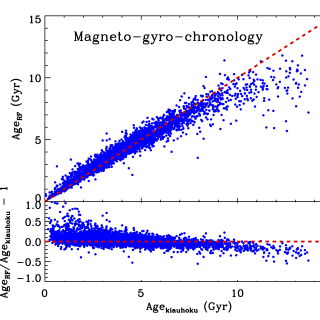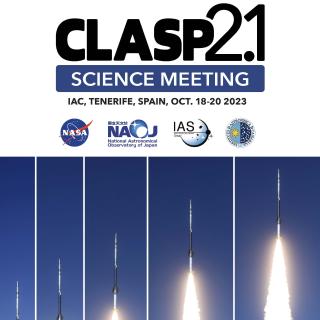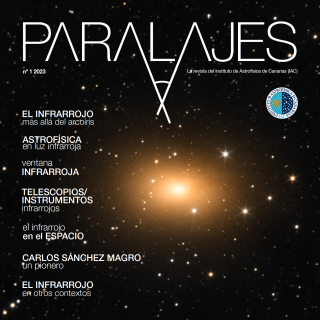
Stellar ages are key to several fields of astrophysics such as exoplanet research, galactic-archeology, and of course stellar physics. Obtaining the ages of stars is however not straightforward and requires stellar modeling. The most widely used technique only requires stellar colors or temperature and surface gravity, but the uncertainties are quite large. This technique is most efficient for stars belonging to clusters, as they were born from the same molecular cloud and share the same ages. In the last decades, based on the study of stellar acoustic waves, asteroseismology became the most
Advertised on




